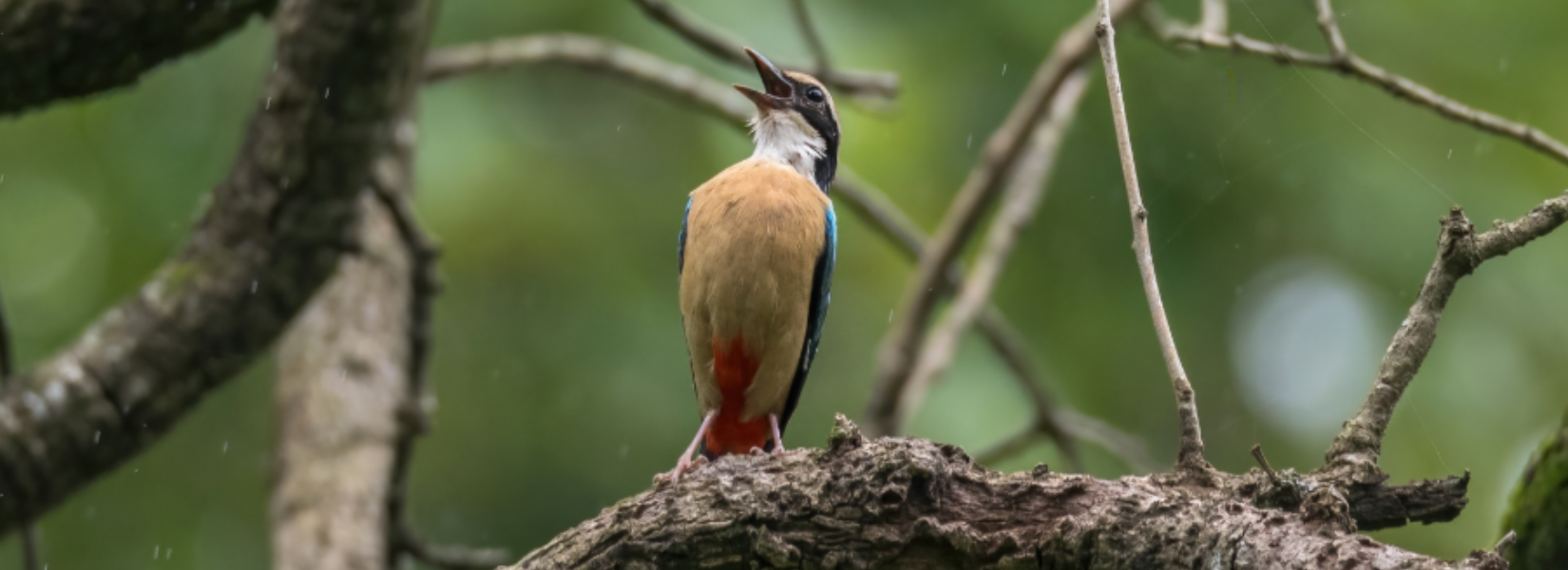About Parsa Wildlife Reserve
Parsa Wildlife Reserve is in south-central lowland of Terai region with an area of 637.37 square kilometers. It is also said that, this beautiful wildlife reserve is the vacations spots for the Rana rulers. Later in 1984, this wildlife reserve is converted as a Parsa Wildlife Reserve to protect wildlife and variety of other fauna. And in 2017, this wildlife reserve is renowned as Parsa National Park. This beautiful national park is home for a wild Asian elephant. There is a wide range of endangered animals like royal Bengal Tiger, sloth bear; Leopard, Chital, Hog dog, barking deer, wild cat, and many other animals are preserved here. In this national park, the reptiles like common cobra, king cobra, common and banded Karit, and Python are also found here.
This wildlife reserve is newly opened which offers more chance to encounter the wildlife. This wildlife reserve is surrounded by Chitwan national park from the west. Almost 90% of this wildlife reserve is covered with Sal forest. There are almost 336 species of plant and from them 60 are edible, 37 species of mammals, 490 species of birds, 13 species of reptiles, and 31 species of butterflies are preserve here. There are about 54 houses and 250 people living around the Parsa national park.
This national park is home to a diverse ecosystem and rich wildlife, but it is one of the smallest national parks. Every year thousands of visitors came here to explore the beautiful forest, landscapes, and to observe wildlife. This tour is suitable for all age groups people. This tour can do any time but, the perfect time to visit this national park is autumn and spring. In these seasons, the weather and temperature are perfect to go for trekking. It allows you to experience the pristine beauty of this beautiful wildlife reserve.
How to get to Parsa National Park?
We can travel by road and by air to get into Parsa National Park.
By road: To get into Parsa National Park, the first way is by road. We will take a tourist bus or a private jeep to reach Parsa. It is just 8 hours of drive from Kathmandu valley to Parsa. From Kathmandu, we will drive towards Hetauda by Birgunj highway passes by entrance gate. You will get local bus also and if you are not comfortable with local bus then you can go with private jeep. It is less expensive than by air.
By air: From Kathmandu, we will take flight toward Simara which is the nearest airport of Parsa National Park. From Simara, we will take a short drive towards Parsa which is just 15 minutes. After 15 minutes of drive, we will be there at the park headquarter. It is a little bit expensive then by road.
Offers wide range of activities at Parsa National Park
Parsa national park offers the wide range of activities over here:
Camping: The national park allows, you to go camping at national park. For camping here, you have to pay extra fee for camping here. There are many camping sites which provide an authentic wilderness experience to visitor.
Wildlife safari: For wildlife safari, you can go by jeep safari or elephant safari. This is a perfect way to experience wildlife is by doing wildlife safari. While doing wildlife safari, visitor get an opportunity to see wildlife like sloth bear; Leopard, Chital, Hog dog, barking deer, wild cat, and many more. If your luck is with you then you get opportunity to see Royal Bengal Tiger and one-horned rhino.
Bird watching: There are almost 490 species of birds are preserve here which makes paradise for bird watcher. On this national park, you will get to see famous birds like Bengal Florican, crested serpent eagle, and great horn bill.
Hiking trail: The national park provides stunning views of landscapes and the opportunity to experience wilderness. The trail is well maintained and visitor can recommend guide who will give information about flora and fauna which are preserved here.
